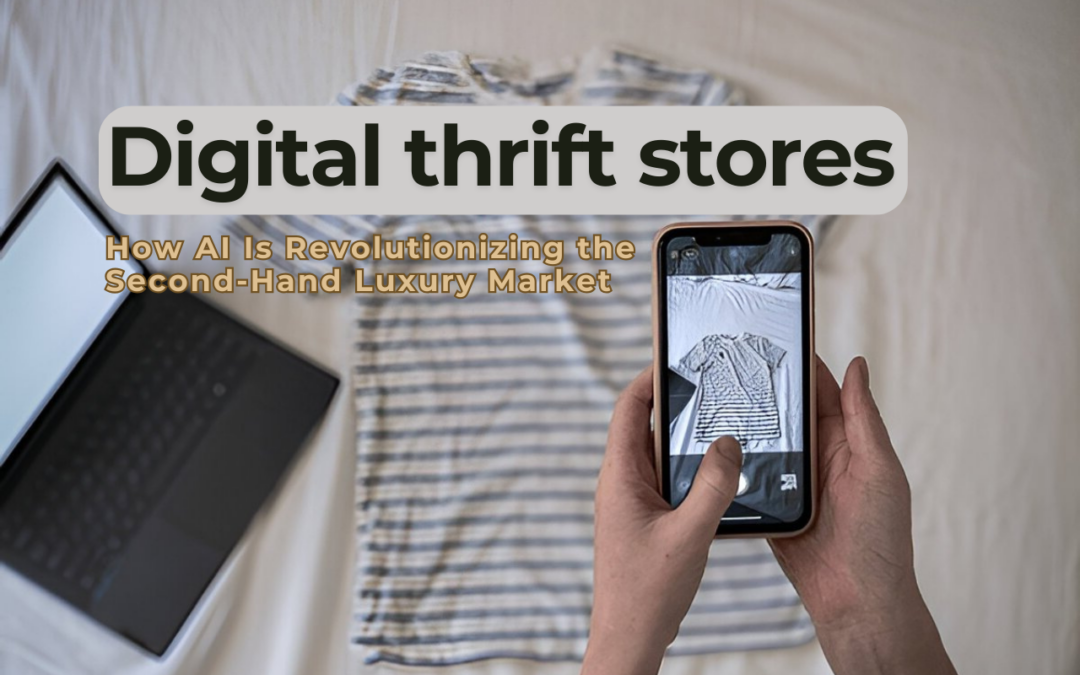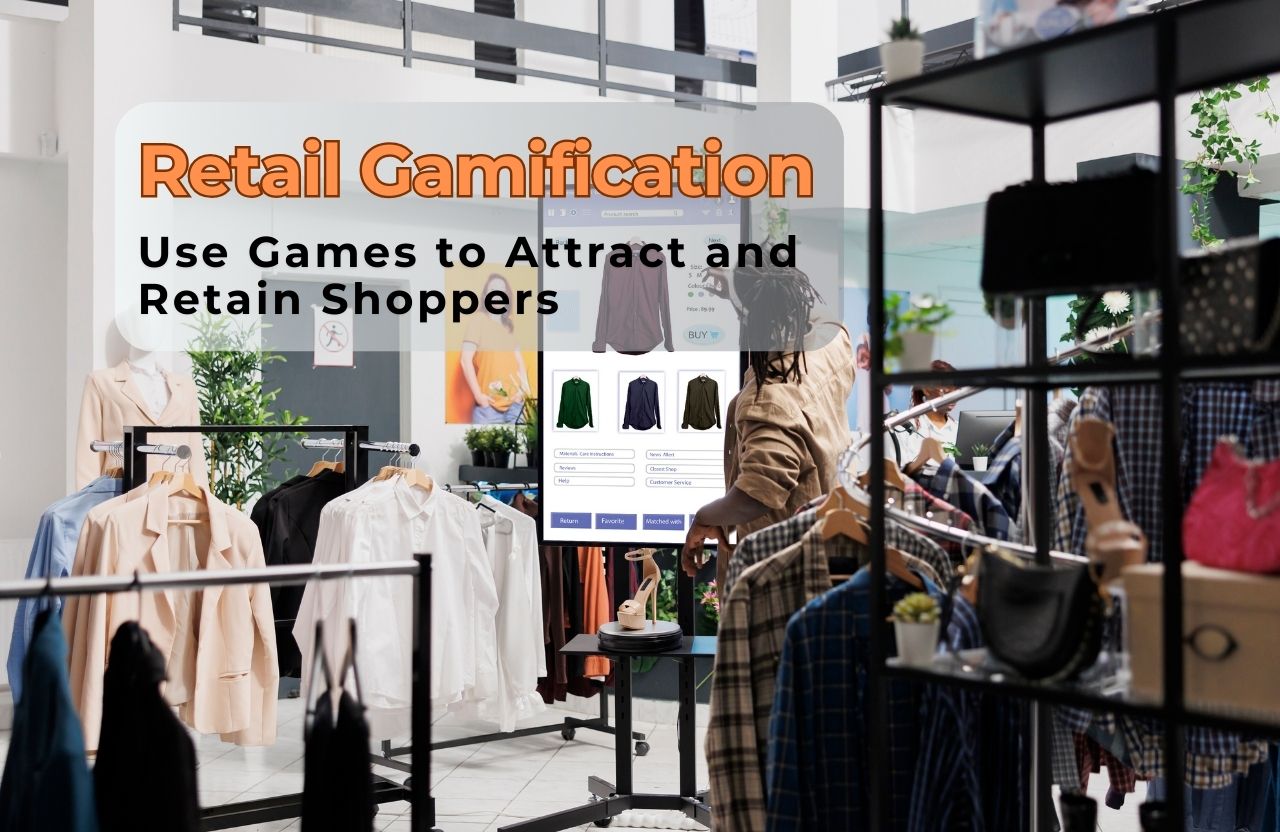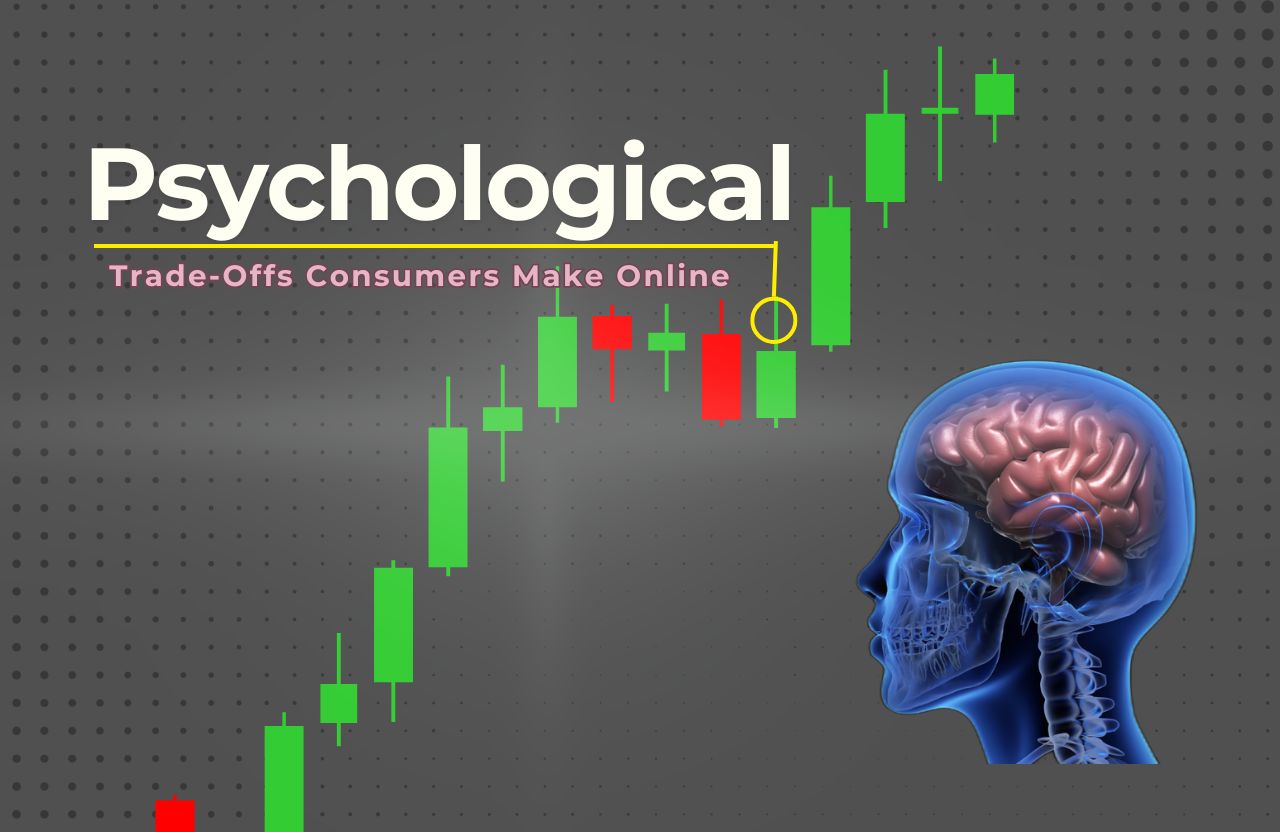In recent years, the second-hand luxury market has experienced an unprecedented boom, thanks to the rise of digital thrift stores. This growth is not just driven by shifting consumer preferences toward sustainability but also by the transformative power of Artificial Intelligence (AI). As technology continues to evolve, AI is reshaping how luxury items are bought, sold, and authenticated in the digital realm.
The Growing Appeal of Second-Hand Luxury
Luxury resale has transcended traditional consignment shops and garage sales, finding a thriving home online. Platforms like The RealReal, Vestiaire Collective, and Rebag have made it easier than ever to buy and sell pre-owned luxury items. Consumers are increasingly drawn to the idea of owning high-end products at a fraction of their original cost, all while supporting sustainable consumption.
Types of Products Involved in the Second-Hand Luxury Market
The second-hand luxury market is diverse, encompassing a wide range of products that cater to different tastes and preferences:
- Designer Clothing
High-end fashion pieces from luxury brands like Chanel, Gucci, Louis Vuitton, and Prada are popular. This category includes dresses, suits, jackets, and casual wear. - Luxury Handbags and Accessories
Iconic handbags from brands such as Hermès, Dior, and Balenciaga are often sought after. Accessories like belts, scarves, sunglasses, and wallets also hold significant value. - Footwear
Designer shoes, including high heels, sneakers, boots, and loafers from brands like Christian Louboutin, Jimmy Choo, and Yeezy, are in high demand. - Watches and Jewelry
High-end watches from Rolex, Patek Philippe, and Cartier, along with fine jewelry pieces, are treasured for their craftsmanship and enduring value. - Tech Gadgets
Luxury tech items, such as high-end smartphones, smartwatches, and audio equipment from premium brands, are also part of the resale market. - Home Decor and Art
Designer furniture, limited-edition art pieces, and luxury home accessories cater to buyers looking to add a touch of elegance to their living spaces. - Collectibles and Rare Items
This includes limited-edition items, vintage collectibles, and rare luxury goods that appeal to niche markets and dedicated collectors.
How AI Is Transforming Digital Thrift Stores
- Advanced Authentication Techniques
One of the biggest challenges in the second-hand luxury market is ensuring product authenticity. AI-driven tools, such as image recognition algorithms and blockchain technology, can verify the legitimacy of luxury items. Platforms now use AI to analyze stitching patterns, logos, and material quality, reducing the risk of counterfeit goods. - Personalized Shopping Experiences
AI enhances user experience by analyzing browsing habits, purchase history, and preferences to recommend products tailored to individual tastes. This personalization mimics the bespoke service found in luxury boutiques, making online thrift shopping feel more curated and exclusive. - Dynamic Pricing Models
AI algorithms assess market trends, demand fluctuations, and historical pricing data to suggest optimal prices for second-hand luxury items. This dynamic pricing ensures competitive rates for sellers and fair deals for buyers, maximizing profitability for digital platforms. - Efficient Inventory Management
Digital thrift stores often deal with a vast and diverse inventory. AI helps streamline operations through automated categorization, predictive analytics, and supply chain optimization, ensuring that high-demand products are always available. - Sustainability Insights
AI can track the environmental impact of each transaction, helping eco-conscious consumers understand how their purchases contribute to reducing waste and carbon footprints. This transparency builds trust and aligns with the values of sustainability-driven shoppers.
The Future of the Second-Hand Luxury Market
As AI technology advances, we can expect even more sophisticated innovations in the digital thrift landscape:
- Virtual Try-Ons: AI-powered AR (Augmented Reality) features will allow customers to visualize how luxury accessories and clothing items look on them before purchasing.
- AI-Driven Marketplaces: Fully automated resale platforms could emerge, where AI handles everything from item intake and authentication to pricing and customer service.
- Enhanced Fraud Detection: With continuous learning capabilities, AI systems will become even better at detecting fraudulent activities, ensuring safer transactions.
Conclusion
The rise of digital thrift stores is more than just a trend—it’s a reflection of changing consumer values and technological progress. AI is at the forefront of this revolution, making the second-hand luxury market more secure, efficient, and personalized than ever before. As we look to the future, the synergy between technology and sustainability will continue to redefine luxury, proving that pre-owned doesn’t mean second-best.













